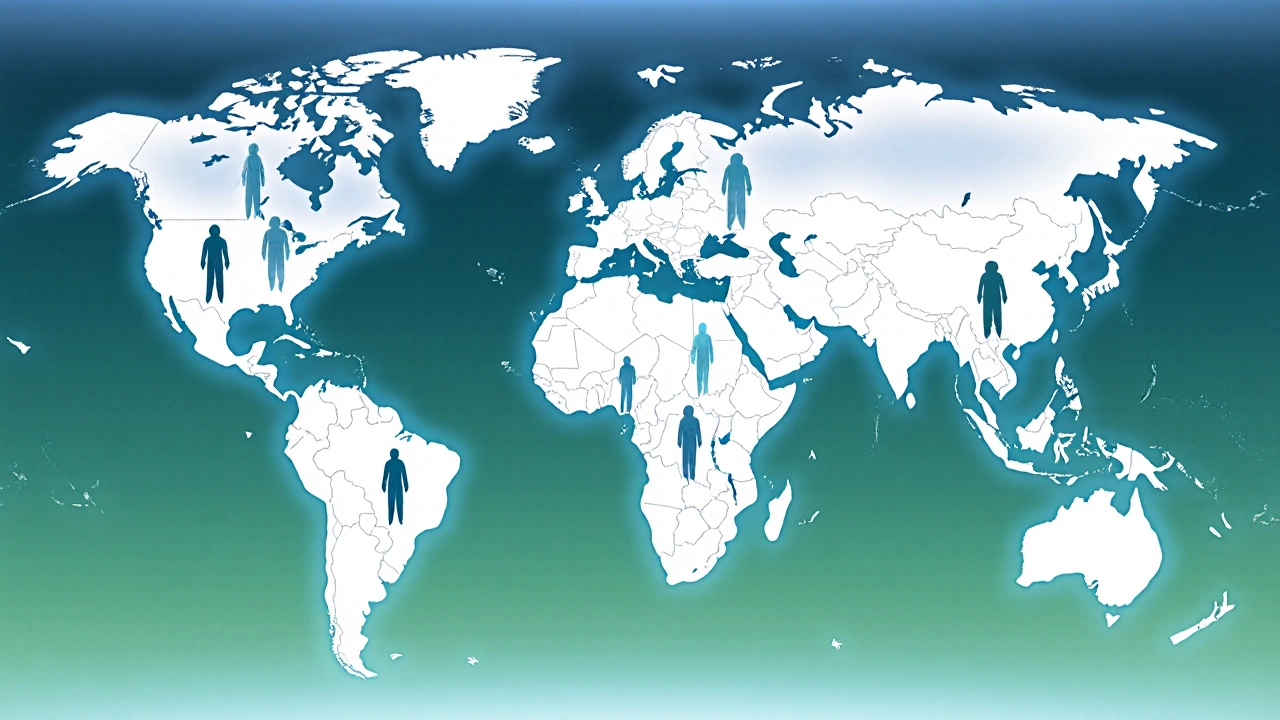Global Mental Health Statistics
When you hear global mental health statistics, the collection of data that measures mental health outcomes across countries and populations. Also known as worldwide mental health data, these figures help governments, researchers, and clinicians see where challenges are biggest and where progress is happening. Mental health prevalence refers to how many people in a given region experience conditions like depression or anxiety is a core part of the picture, and WHO mental health data provides standardized country‑level reports that enable cross‑national comparison. By looking at depression rates the proportion of adults who meet criteria for major depressive disorder in a year and anxiety statistics the frequency of generalized anxiety disorder and related conditions, you can spot patterns that drive public‑health decisions. For example, higher anxiety statistics often correlate with economic stress, which in turn pushes policymakers to invest in community‑based support. These connections form semantic triples such as: "global mental health statistics encompass mental health prevalence", "WHO mental health data influences national health policies", and "depression rates affect workforce productivity". Understanding these links gives you a roadmap to interpret the numbers that shape services, funding, and stigma‑reduction campaigns worldwide.
Why These Numbers Matter for Everyone
Knowing the numbers isn’t just academic; it changes real lives. When a country sees a rise in depression rates, health ministries can allocate more resources to counseling centers, train primary‑care doctors to screen patients, and launch awareness campaigns that reduce stigma. Suicide statistics track the number of deaths by suicide per 100,000 people often serve as a warning signal that existing services aren’t reaching at‑risk groups. By comparing youth mental health prevalence the share of adolescents experiencing mental health disorders with school dropout rates, educators can push for better school‑based mental health programs. Similarly, businesses use anxiety statistics to design employee assistance programs that lower absenteeism and boost morale. Each statistic creates a cause‑and‑effect chain: higher prevalence drives higher demand for treatment, which fuels research funding, which brings new therapies to market. Recognizing these chains helps anyone—from clinicians to policymakers—to act proactively rather than reacting after crises emerge.
Below you’ll find a curated set of articles that dive deeper into specific aspects of mental health data, treatment options, and practical tips for coping with common conditions. Whether you’re looking for the latest trends, evidence‑based interventions, or simple lifestyle tweaks, the collection offers a broad view that connects the numbers to everyday wellbeing.





